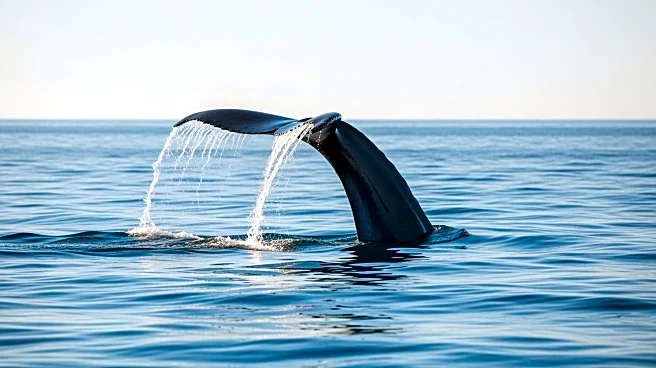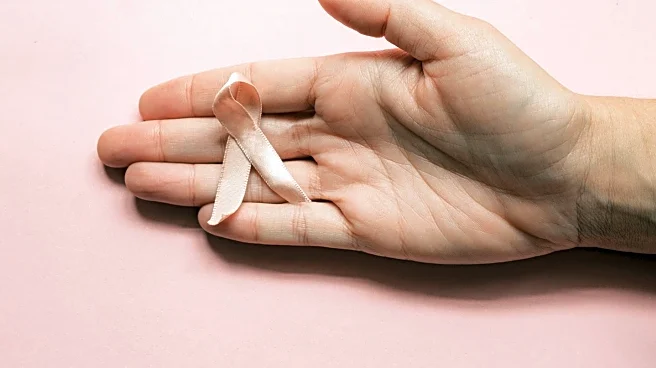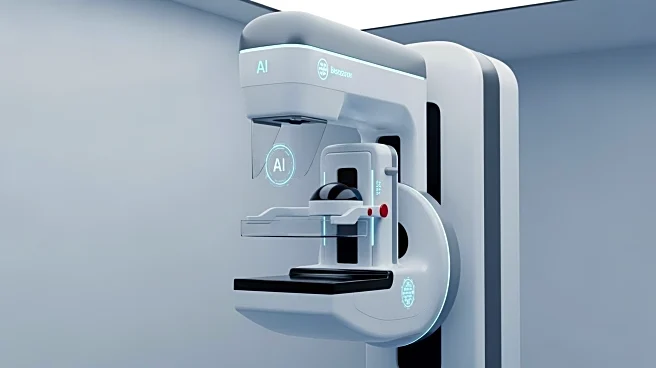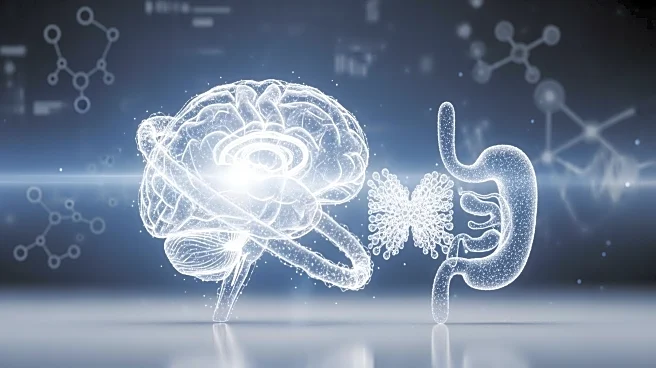What's Happening?
Researchers at the University of Rochester have discovered that a protein called CIRBP plays a crucial role in the longevity of bowhead whales, which can live over 200 years. The study, published in Nature,
highlights CIRBP's function in repairing DNA double-strand breaks, a type of genetic damage that can lead to disease and shorten lifespan. Bowhead whales exhibit significantly higher levels of CIRBP compared to other mammals, suggesting a potential pathway for enhancing DNA repair in humans. The research team, including biology professors Vera Gorbunova and Andrei Seluanov, found that introducing CIRBP to human cell cultures improved DNA repair, and in fruit flies, it extended their lifespan.
Why It's Important?
The findings offer promising insights into how humans might enhance DNA repair mechanisms to resist cancer and slow aging. By understanding the biological processes that allow bowhead whales to live long, healthy lives, scientists can explore ways to apply these mechanisms to human health. The study underscores the importance of genome maintenance for longevity and suggests that lifestyle changes, such as cold exposure, might increase CIRBP levels in humans. This research could pave the way for new strategies in combating age-related diseases and improving human lifespan.
What's Next?
The researchers plan to further test CIRBP to determine if this protein can be effectively upregulated in humans to resist cancer and other age-related diseases. They are considering various approaches, including lifestyle modifications and direct protein introduction, to boost CIRBP activity. The team cautions that these ideas are still hypothetical and require more research to assess their feasibility and effectiveness in humans.
Beyond the Headlines
The study also touches on Peto's Paradox, which observes that larger animals do not have higher cancer rates despite having more cells. This paradox suggests that species like whales have evolved additional mechanisms to prevent cancerous mutations. Understanding these mechanisms could lead to breakthroughs in cancer prevention and treatment.











